Home>Furniture & Design>Living Room Furniture>How Recliner Mechanism Works
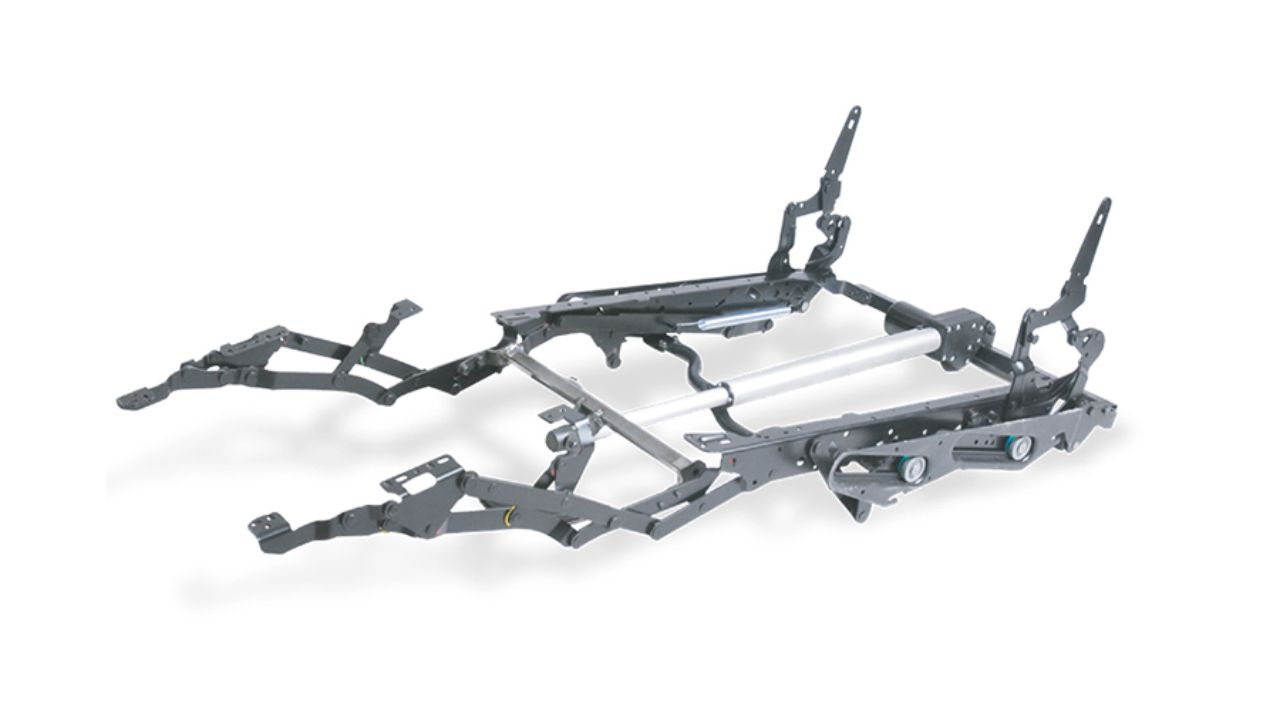

Living Room Furniture
How Recliner Mechanism Works
Modified: March 9, 2024
Discover how the recliner mechanism works and find the perfect living room furniture and design for your home. Explore the functionality and style of recliners today!
(Many of the links in this article redirect to a specific reviewed product. Your purchase of these products through affiliate links helps to generate commission for Storables.com, at no extra cost. Learn more)
Introduction
Recliner chairs have become an essential part of modern living rooms, offering unparalleled comfort and relaxation. Understanding the mechanism behind these marvels of furniture design can deepen our appreciation for their functionality and comfort. In this article, we will delve into the intricate workings of recliner mechanisms, exploring their basic components, operational principles, and different types available in the market. Additionally, we will provide valuable maintenance and care tips to ensure the longevity of these beloved pieces of furniture. So, let's embark on a fascinating journey into the world of recliner mechanisms, unraveling the secrets behind their soothing motion and ergonomic design.
Key Takeaways:
- Recliner mechanisms are like magical chairs that move with gears and springs, offering comfort and relaxation in the living room. They come in different types to suit everyone’s needs and require regular care for long-lasting enjoyment.
- Understanding the basic components and diverse types of recliner mechanisms helps us appreciate their engineering brilliance and versatility. By following simple maintenance tips, we can ensure our recliner chairs stay cozy and functional for years to come.
Read more: How To Fix Recliner Mechanism
Basic Components of a Recliner Mechanism
A recliner mechanism is a marvel of engineering, comprising several essential components that work in harmony to provide seamless and comfortable motion. Understanding these basic components is crucial for comprehending the functionality of a recliner chair. Let's explore the fundamental elements that make up a typical recliner mechanism:
-
Frame: The frame serves as the foundation of the recliner, providing structural support and stability. It is usually constructed from durable materials such as hardwood or metal to withstand the stress of regular use.
-
Reclining Mechanism: At the heart of the recliner is the reclining mechanism, which enables the chair to transition from an upright position to a reclined one. This mechanism is often composed of a series of gears, levers, and springs, meticulously engineered to facilitate smooth and controlled movement.
-
Lever or Handle: Most recliners feature a lever or handle, conveniently located on the side of the chair. This component allows the user to activate the reclining function with a simple pull or push, initiating the movement of the backrest and footrest.
-
Backrest and Footrest: The backrest and footrest are integral parts of the recliner, providing support and comfort during use. When the reclining mechanism is engaged, the backrest tilts backward, while the footrest extends forward, creating a relaxing and ergonomic seating position.
-
Padding and Upholstery: Comfort is paramount in a recliner, and the padding and upholstery play a crucial role in ensuring a cozy experience. High-quality foam padding and plush upholstery materials contribute to the overall comfort and aesthetic appeal of the chair.
-
Swivel Base (Optional): In some recliner models, a swivel base is incorporated, allowing the chair to rotate smoothly in a circular motion. This feature adds versatility and convenience, enhancing the user's experience.
Understanding these basic components provides insight into the intricate design and functionality of a recliner mechanism. Each element plays a vital role in delivering a seamless and comfortable reclining experience, making the recliner a cherished piece of furniture in any living room.
This comprehensive understanding of the basic components sets the stage for exploring the operational principles and diverse types of recliner mechanisms, shedding light on the versatility and innovation within the world of recliner chairs.
How the Reclining Function Works
The reclining function of a recliner chair is a testament to ingenious engineering, seamlessly transforming a stationary seat into a haven of relaxation. Understanding the inner workings of this mechanism unveils the magic behind its soothing motion.
When a user initiates the reclining function by pulling the lever or handle, a series of meticulously designed movements are set into motion. The reclining mechanism, often comprising gears, levers, and springs, orchestrates a synchronized ballet to transition the chair from an upright position to a reclined one. As the lever is activated, the backrest gracefully tilts backward, while the footrest extends forward, creating a seamless and ergonomic seating position.
The gears within the reclining mechanism play a pivotal role in controlling the movement, ensuring smooth and controlled transitions between the upright and reclined positions. These gears are precision-engineered to withstand the forces exerted during the reclining process, guaranteeing durability and reliability.
Additionally, springs integrated into the mechanism contribute to the fluid motion of the recliner. These springs provide essential support and cushioning, absorbing the user's weight and movement to deliver a gentle and comfortable reclining experience.
The coordination of these components culminates in a harmonious reclining motion, offering users the opportunity to unwind and relax with ease. Whether it's a gentle lean back for reading or a full recline for a rejuvenating nap, the reclining function of a recliner chair adapts to the user's preferences, providing personalized comfort at the touch of a lever.
This seamless transition from an upright chair to a luxurious reclined position epitomizes the brilliance of recliner mechanisms, elevating the art of relaxation within the confines of a living room. Understanding the intricate choreography of the reclining function enhances our appreciation for the craftsmanship and innovation embedded within these beloved pieces of furniture.
When operating a recliner mechanism, always make sure to engage and disengage the lever or button smoothly to avoid any sudden movements or potential damage to the mechanism.
Different Types of Recliner Mechanisms
Recliner chairs come in a variety of styles, each equipped with a unique reclining mechanism designed to cater to different preferences and requirements. Understanding the diverse types of recliner mechanisms sheds light on the versatility and innovation within the realm of recliner chairs. Let's explore some of the most common types of recliner mechanisms available in the market:
-
Two-Position Recliners: As the name suggests, two-position recliners offer two primary positions: upright and fully reclined. These classic recliners are equipped with a simple mechanism that allows the user to transition between these two positions with ease. While they may not offer the same range of motion as other types, two-position recliners are known for their reliability and straightforward operation.
-
Rocker Recliners: Rocker recliners combine the soothing motion of a rocking chair with the comfort of a recliner. These mechanisms enable the chair to rock back and forth while also offering a reclining function, providing a gentle and relaxing experience. Rocker recliners are popular choices for nurseries and living rooms, offering a comforting motion that can lull users into a state of tranquility.
-
Push-Back Recliners: Unlike traditional lever-operated recliners, push-back recliners feature a sleek and modern design. These mechanisms do not have a visible lever or handle; instead, users can simply push against the backrest to initiate the reclining motion. Push-back recliners are favored for their streamlined appearance and seamless operation, making them ideal for contemporary living spaces.
-
Lift Recliners: Lift recliners are designed with functionality and accessibility in mind. These specialized mechanisms feature a lifting function that gently tilts the entire chair forward, assisting users in standing up from a seated position. Lift recliners are particularly beneficial for individuals with mobility issues or those seeking extra support when transitioning in and out of the chair.
-
Wall-Hugger Recliners: Wall-hugger recliners are engineered to maximize space efficiency, making them ideal for smaller living rooms or apartments. These mechanisms allow the chair to recline without requiring a significant amount of space behind it. By moving forward as they recline, wall-hugger recliners can be placed close to the wall without compromising on comfort or functionality.
-
Swivel Recliners: Swivel recliners feature a rotating base that allows the chair to swivel in a smooth, circular motion. This added functionality provides users with the flexibility to turn and pivot while enjoying the comfort of a recliner. Swivel recliners are popular choices for home offices, entertainment rooms, and areas where versatile seating options are desired.
Understanding the distinct characteristics and benefits of these different types of recliner mechanisms empowers consumers to make informed decisions when selecting the perfect recliner for their living space. Whether prioritizing comfort, style, or functionality, the diverse range of recliner mechanisms ensures that there is a suitable option for every individual's preferences and lifestyle.
Maintenance and Care Tips for Recliner Mechanisms
Proper maintenance and care are essential for preserving the functionality and longevity of recliner mechanisms. By following these practical tips, users can ensure that their recliner chairs remain in optimal condition, providing years of comfort and relaxation.
-
Regular Cleaning: Dust, dirt, and spills can accumulate on the upholstery and moving parts of a recliner. Regularly vacuuming or gently brushing the fabric and wiping down the surfaces with a mild cleaner can help prevent the buildup of grime and maintain the chair's appearance.
-
Lubrication: The moving components of a recliner mechanism, such as gears and springs, benefit from periodic lubrication to ensure smooth operation. Using a recommended lubricant, such as silicone-based spray, on the pivot points and moving parts can prevent friction and prolong the mechanism's lifespan.
-
Inspection of Hardware: Periodically inspecting the hardware, including screws, bolts, and fasteners, is crucial for identifying any loose or damaged parts. Tightening or replacing hardware as needed can prevent potential issues and maintain the structural integrity of the recliner.
-
Avoid Overloading: Adhering to the weight capacity specified by the manufacturer is vital for preventing strain on the recliner mechanism. Overloading the chair with excessive weight can lead to premature wear and compromise its functionality.
-
Positioning: When reclining the chair, ensure that there is sufficient clearance behind and in front of the recliner to allow for smooth movement without obstruction. Avoid placing the recliner directly against walls or furniture to prevent interference with the reclining function.
-
Upholstery Care: Following the manufacturer's guidelines for upholstery care, such as spot cleaning and avoiding harsh chemicals, can help preserve the fabric or leather covering of the recliner, maintaining its visual appeal and comfort.
-
Avoiding Misuse: Discouraging activities such as jumping or standing on the footrest, which can exert excessive force on the recliner mechanism, is essential for preventing damage and ensuring safe usage.
-
Professional Maintenance: Engaging a professional for periodic maintenance and inspection of the recliner mechanism can address any underlying issues and prolong the chair's lifespan. Professional servicing can include thorough cleaning, lubrication, and adjustments to keep the mechanism in optimal condition.
By incorporating these maintenance and care tips into their routine, users can safeguard their investment in a recliner chair and enjoy its benefits for years to come. Adhering to these guidelines not only preserves the functionality and appearance of the recliner but also promotes a safe and comfortable seating experience for users and their guests.
Read more: How To Make Recliner Mechanism
Conclusion
In conclusion, the world of recliner mechanisms is a captivating blend of engineering ingenuity, ergonomic design, and versatile functionality. From the fundamental components that form the backbone of these chairs to the seamless orchestration of movements that define their reclining function, recliner mechanisms embody the art of relaxation within the confines of a living room.
Understanding the diverse types of recliner mechanisms available in the market provides consumers with a spectrum of options to suit their preferences and lifestyle. Whether it's the classic simplicity of two-position recliners, the soothing motion of rocker recliners, the modern elegance of push-back recliners, or the accessibility of lift recliners, there is a perfect recliner mechanism for every individual's needs.
Furthermore, the maintenance and care tips outlined serve as a guide for users to uphold the functionality and appearance of their recliner chairs. By incorporating these practical measures into their routine, users can ensure that their recliner mechanisms remain in optimal condition, delivering comfort and relaxation for years to come.
As we bid adieu to this exploration of recliner mechanisms, it is evident that these pieces of furniture are not merely seats but gateways to tranquility and repose. The seamless transition from an upright chair to a luxurious reclined position epitomizes the brilliance of recliner mechanisms, enriching the living room experience and elevating the art of relaxation.
In essence, the intricate workings of recliner mechanisms, coupled with the diverse array of types and the importance of maintenance, underscore the significance of these pieces of furniture in modern living spaces. With their ability to seamlessly blend comfort, functionality, and style, recliner mechanisms stand as a testament to the harmonious fusion of engineering and design, enriching the lives of those who seek solace and comfort within the embrace of a well-crafted recliner chair.
Frequently Asked Questions about How Recliner Mechanism Works
Was this page helpful?
At Storables.com, we guarantee accurate and reliable information. Our content, validated by Expert Board Contributors, is crafted following stringent Editorial Policies. We're committed to providing you with well-researched, expert-backed insights for all your informational needs.
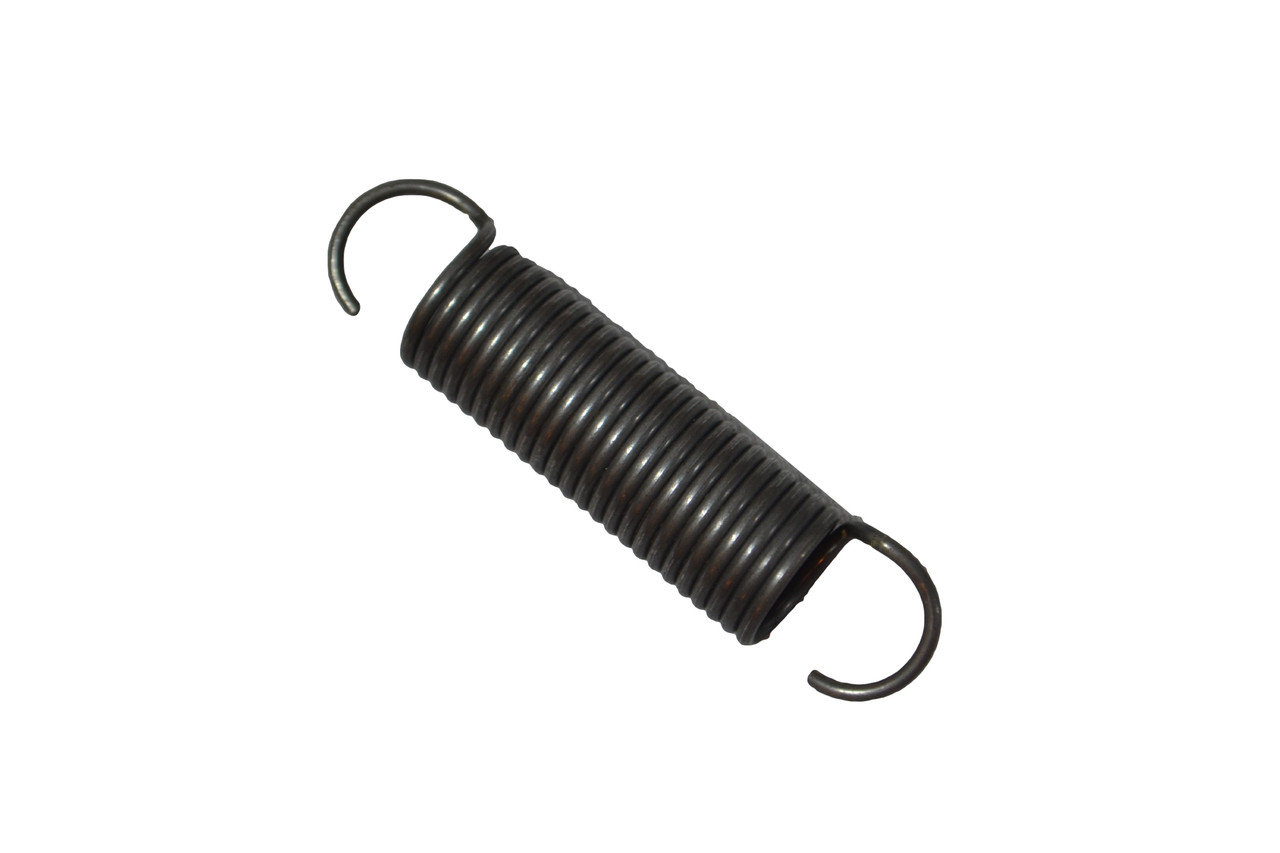
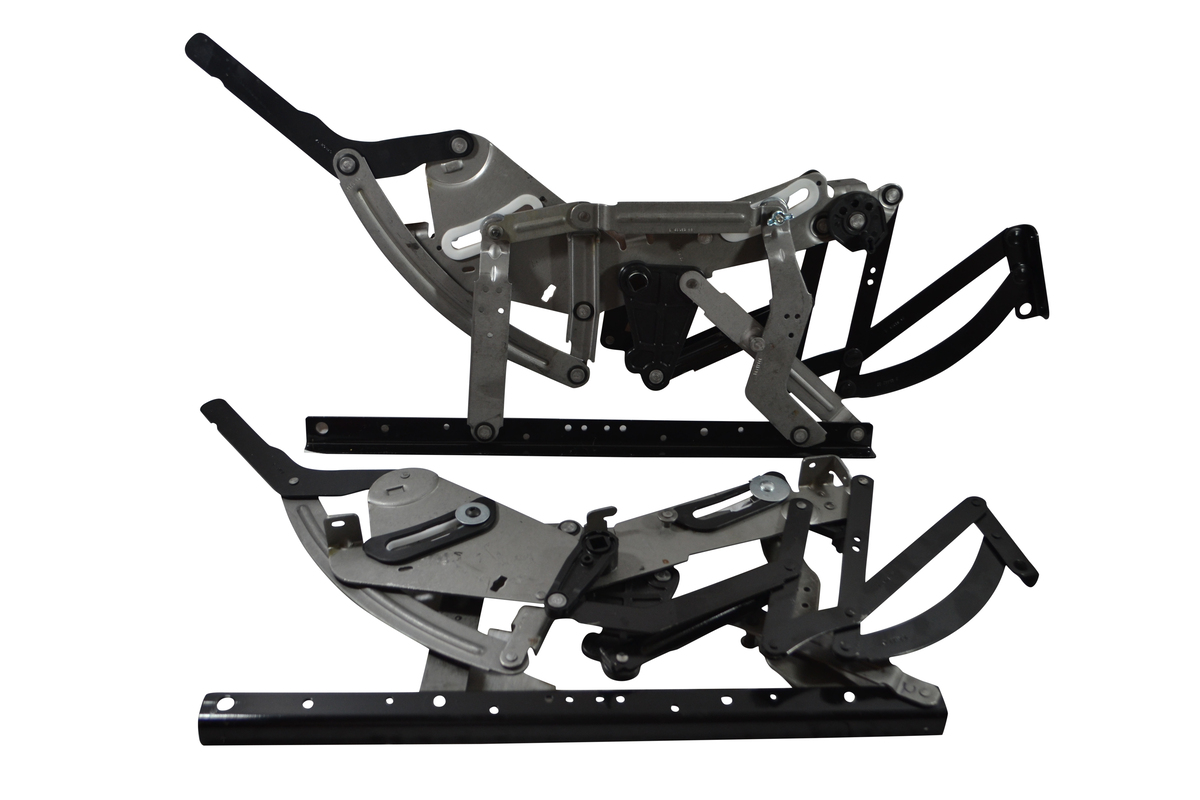
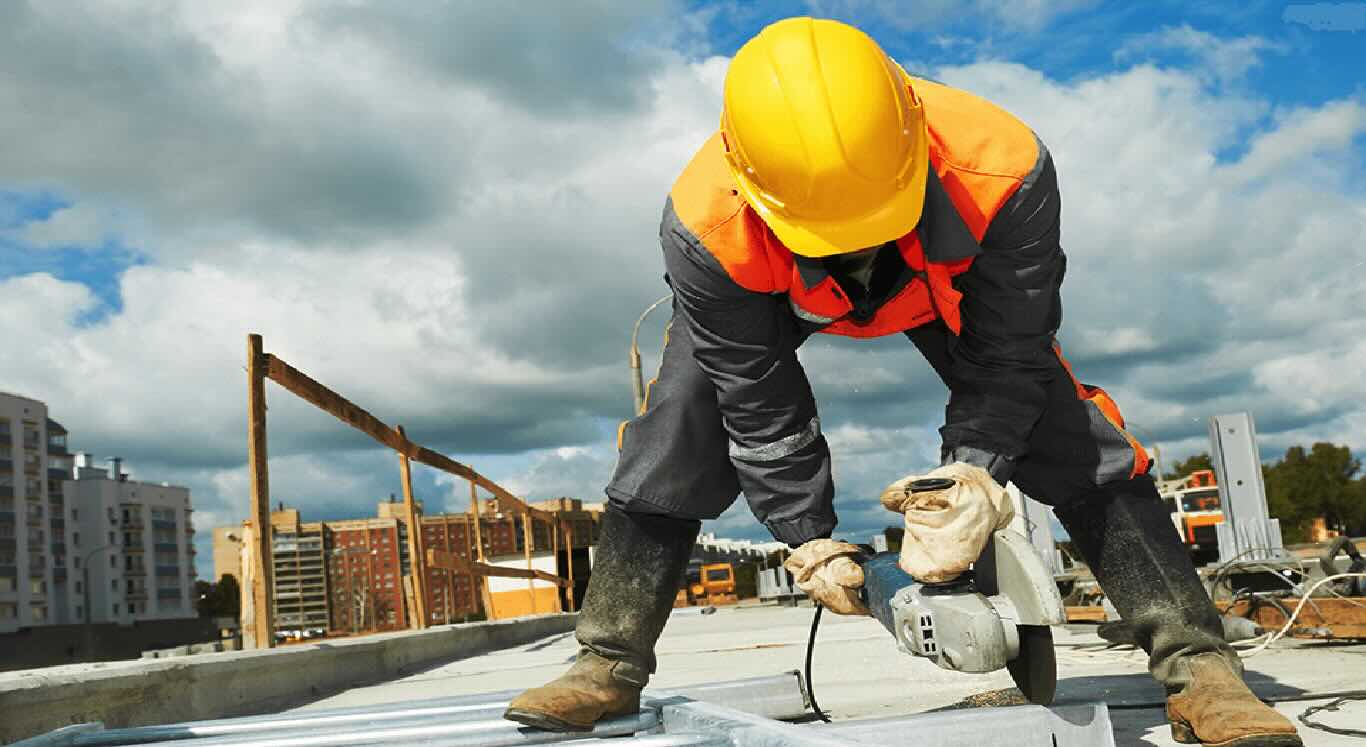
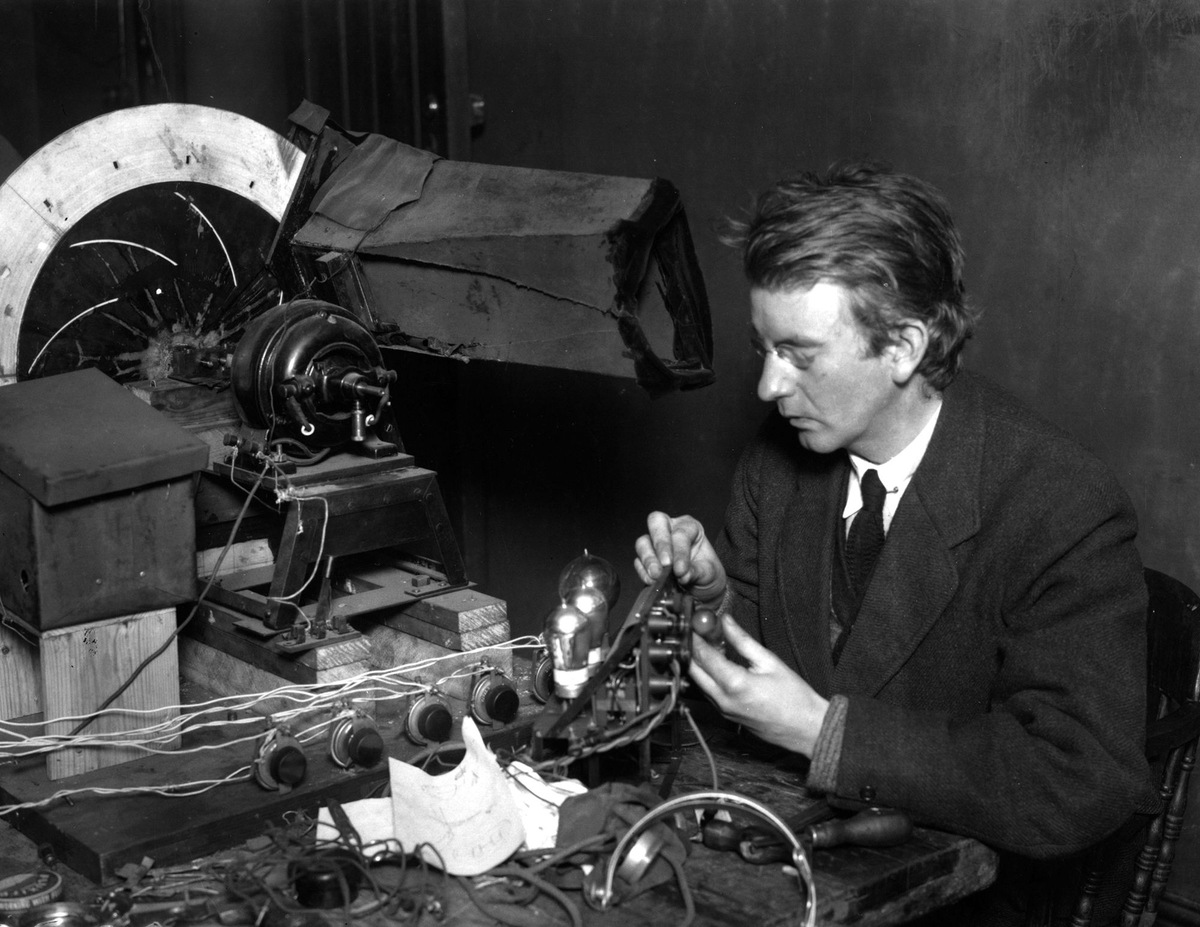
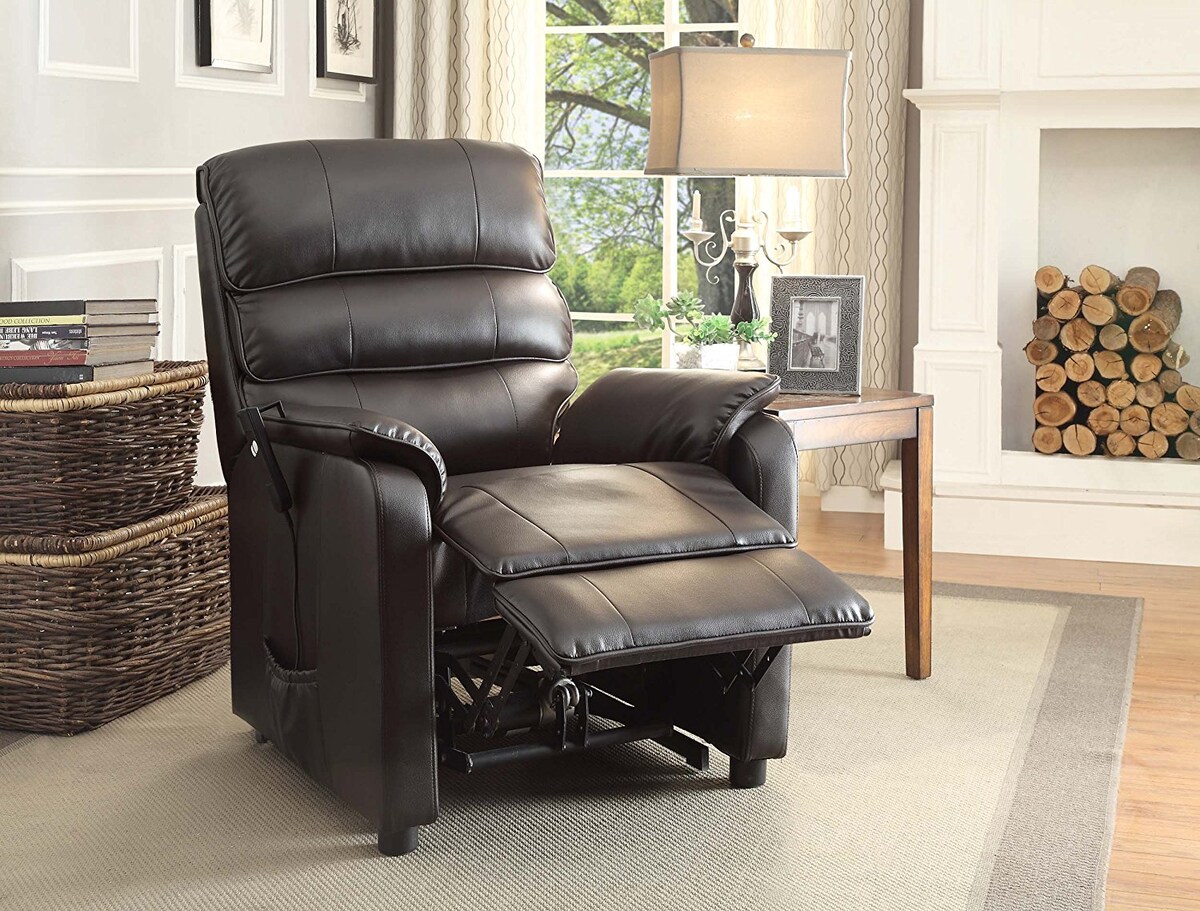
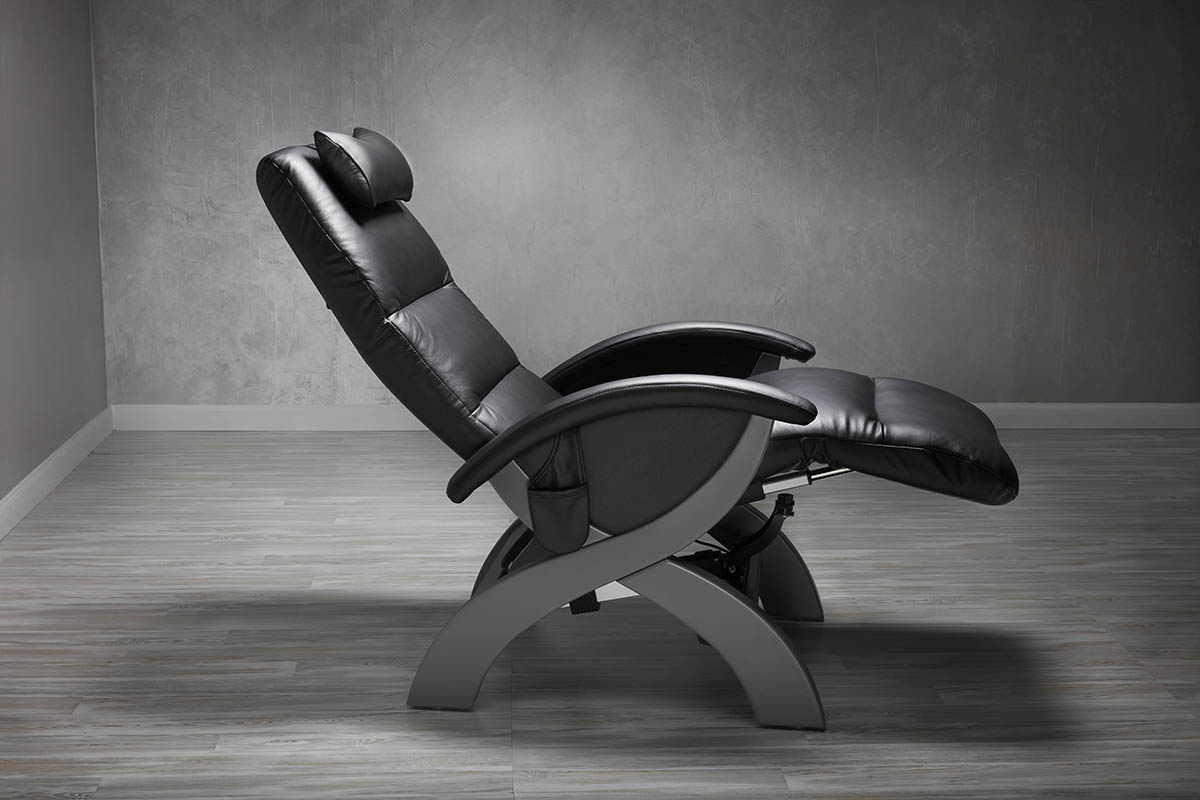
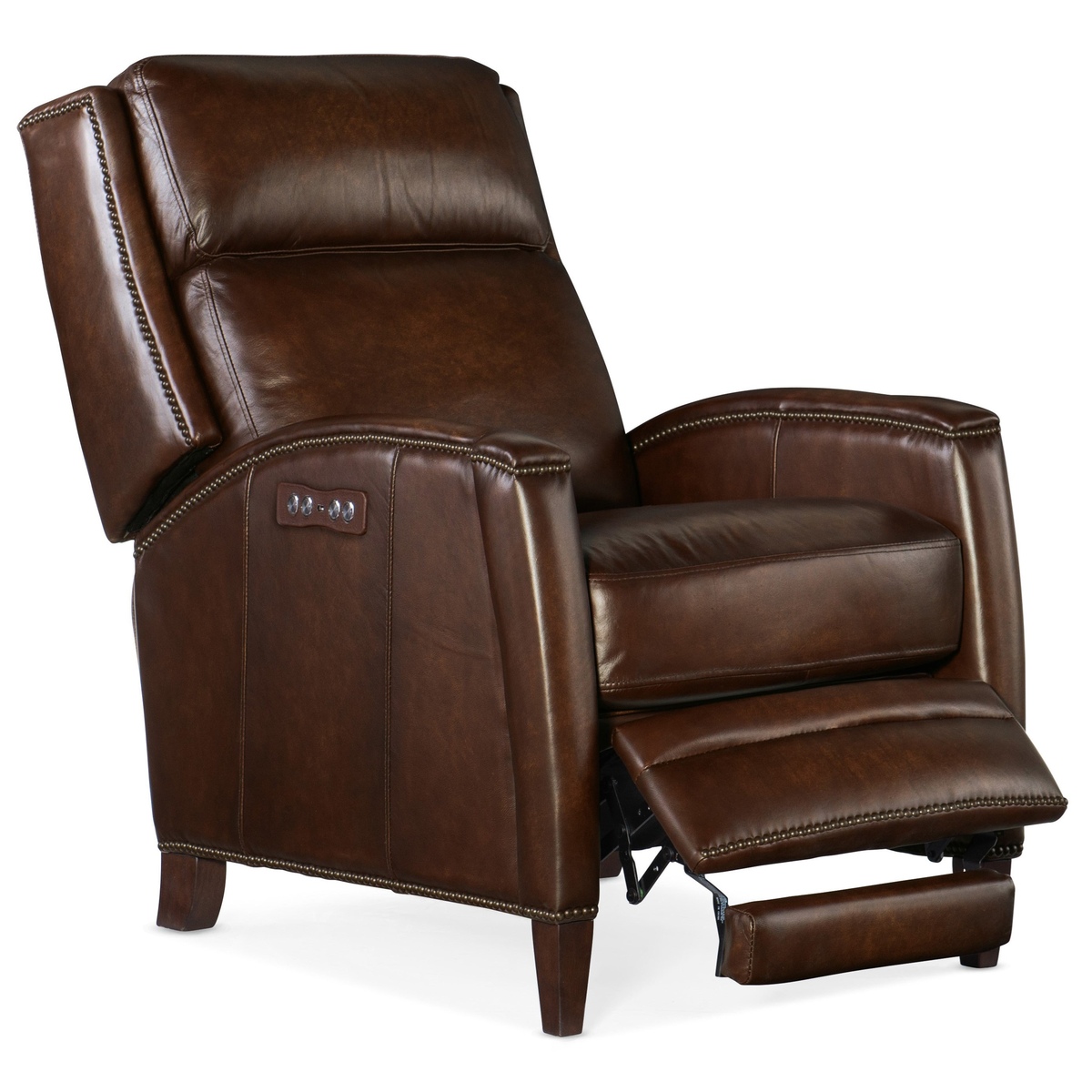
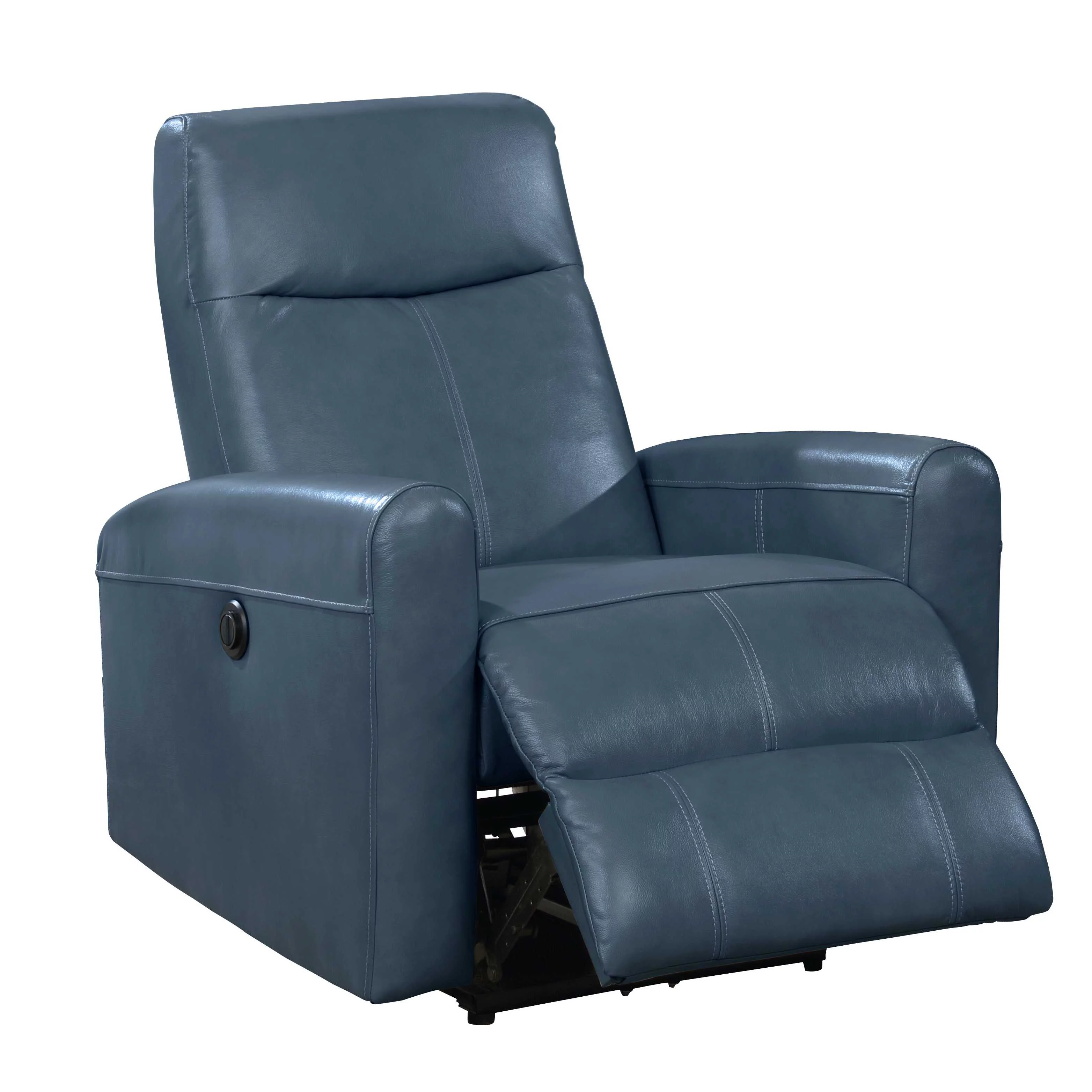
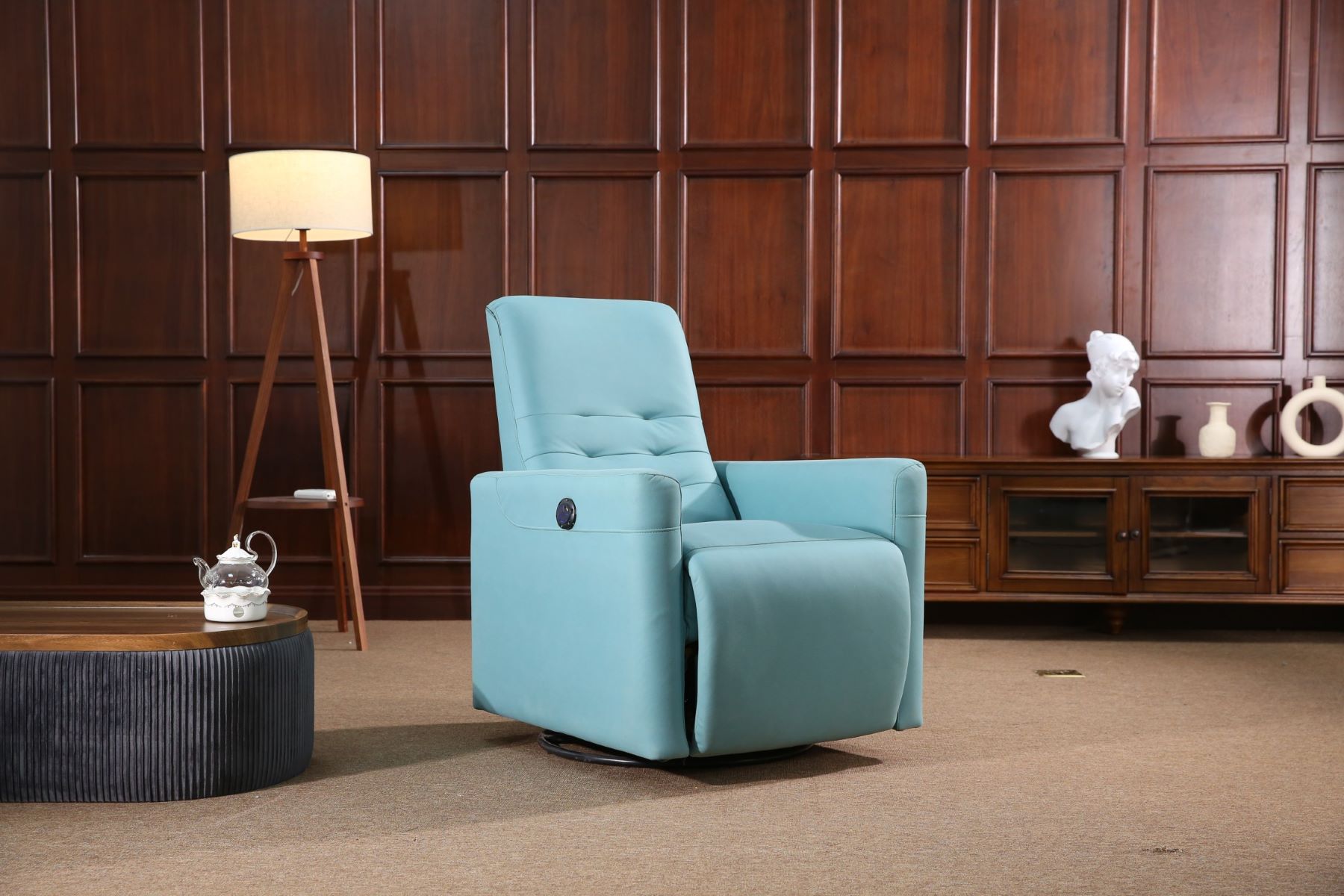
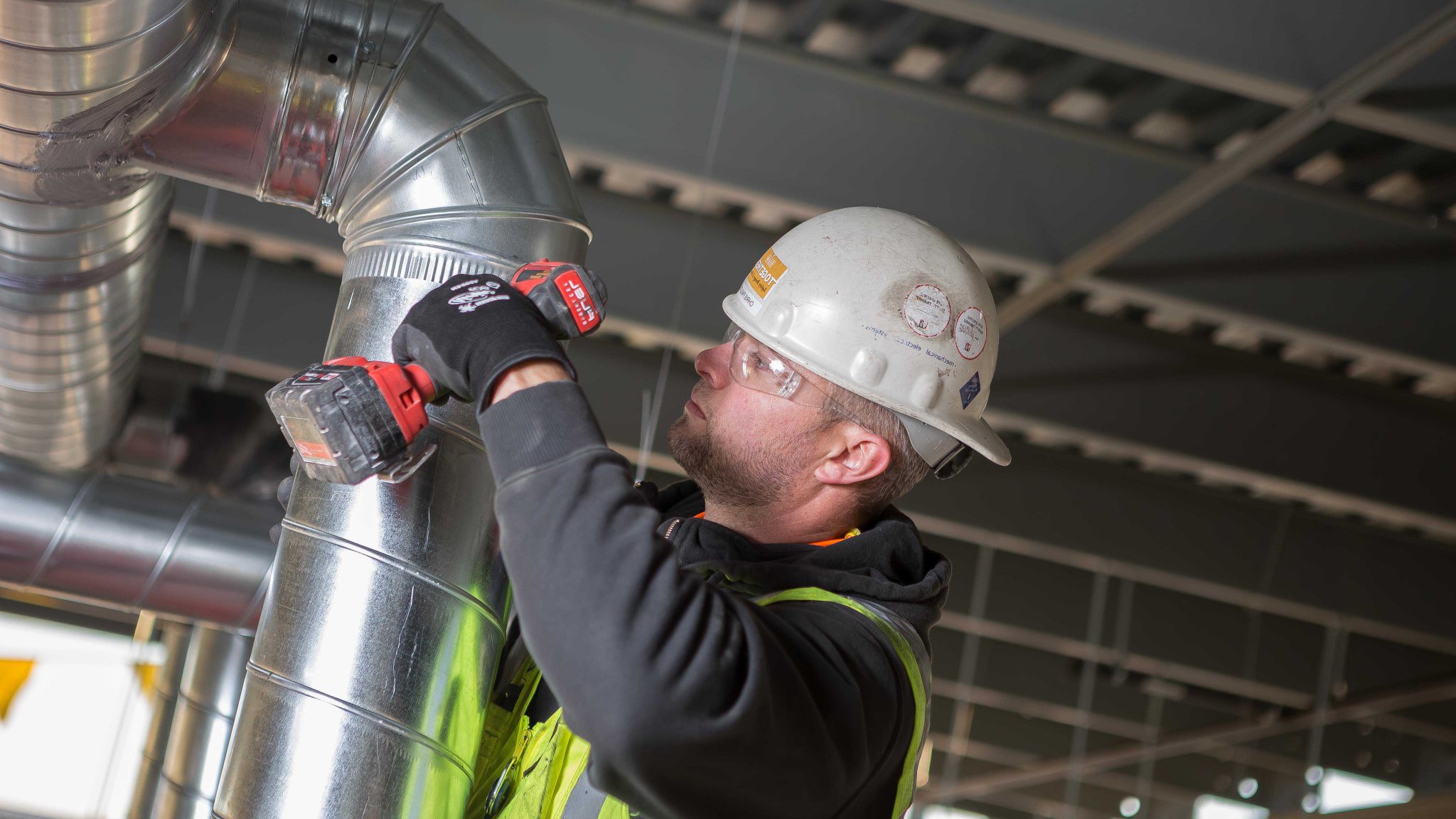
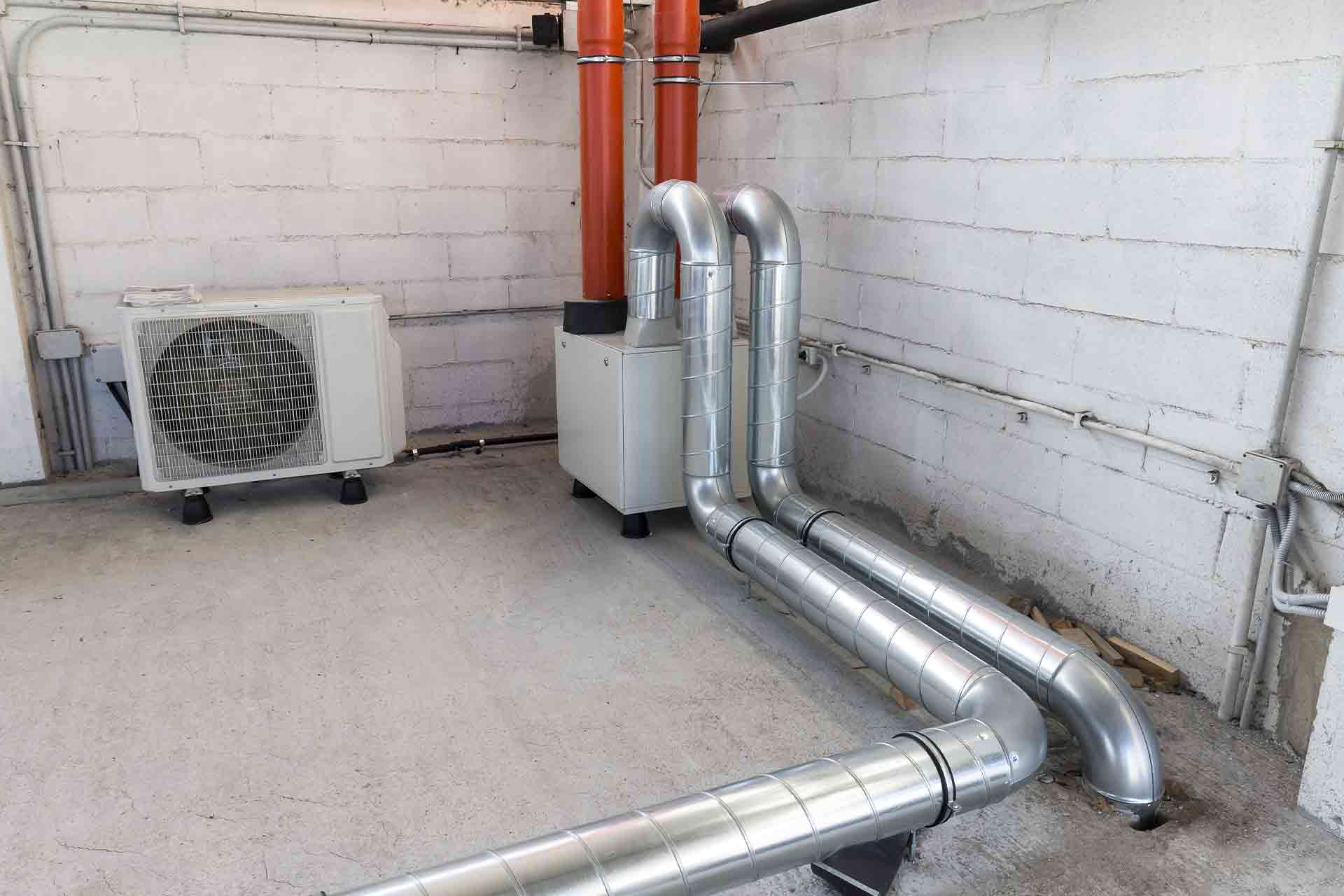
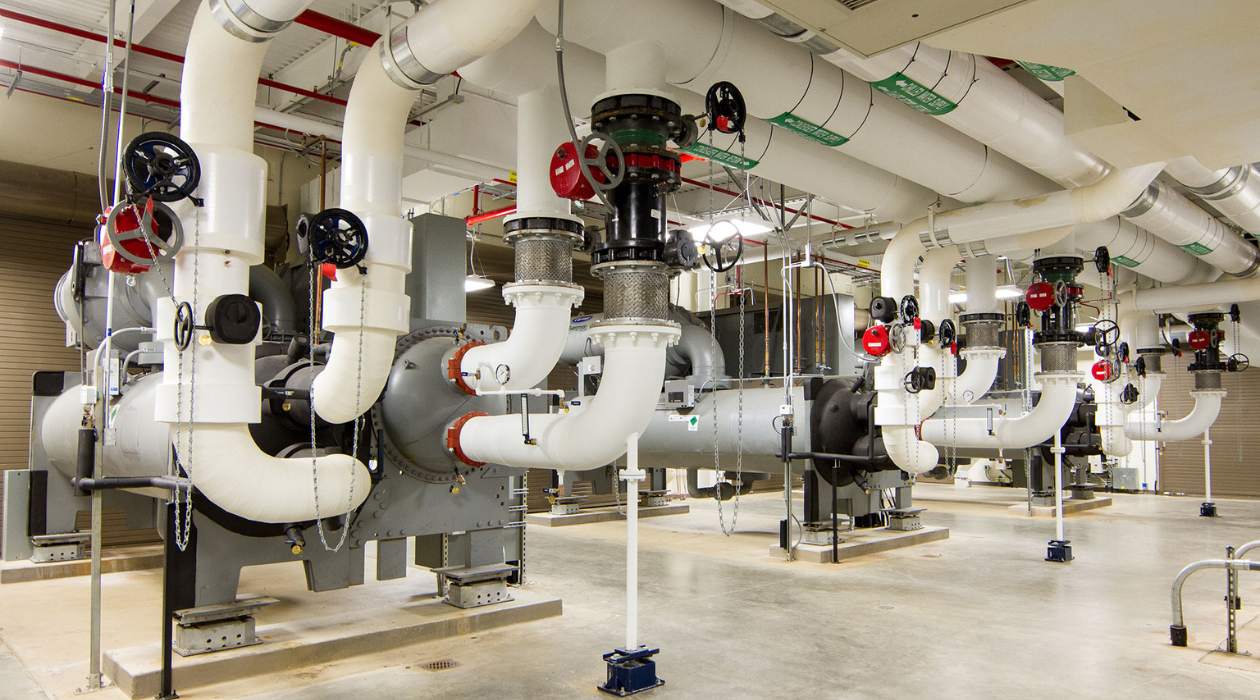
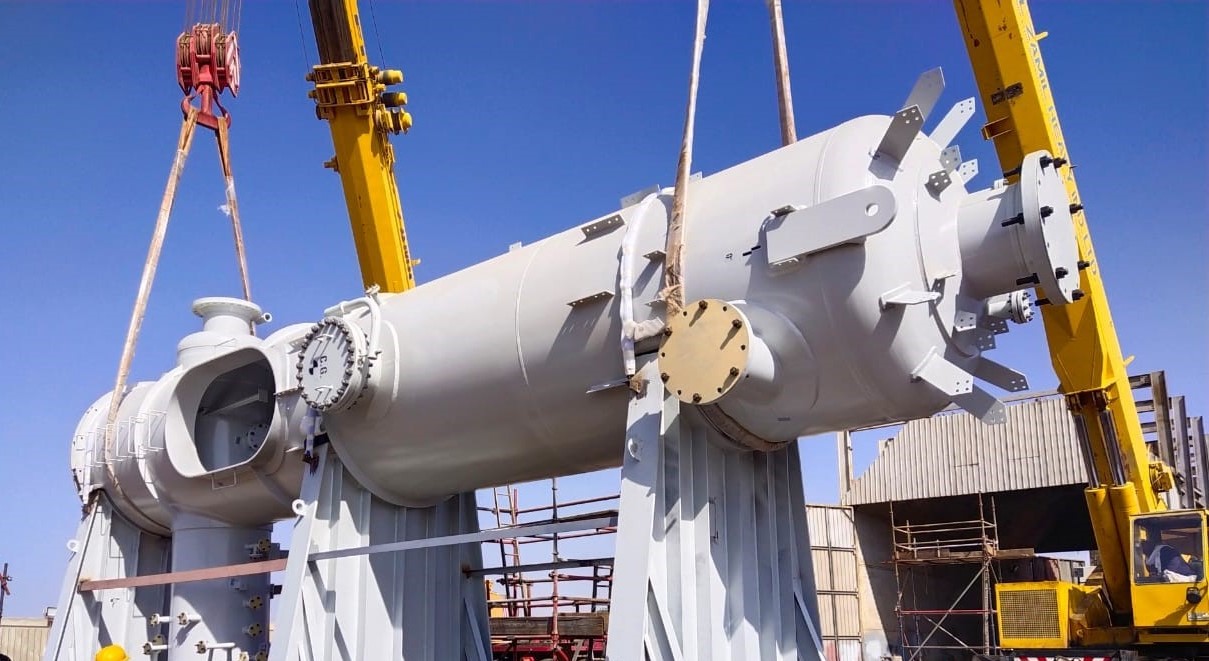
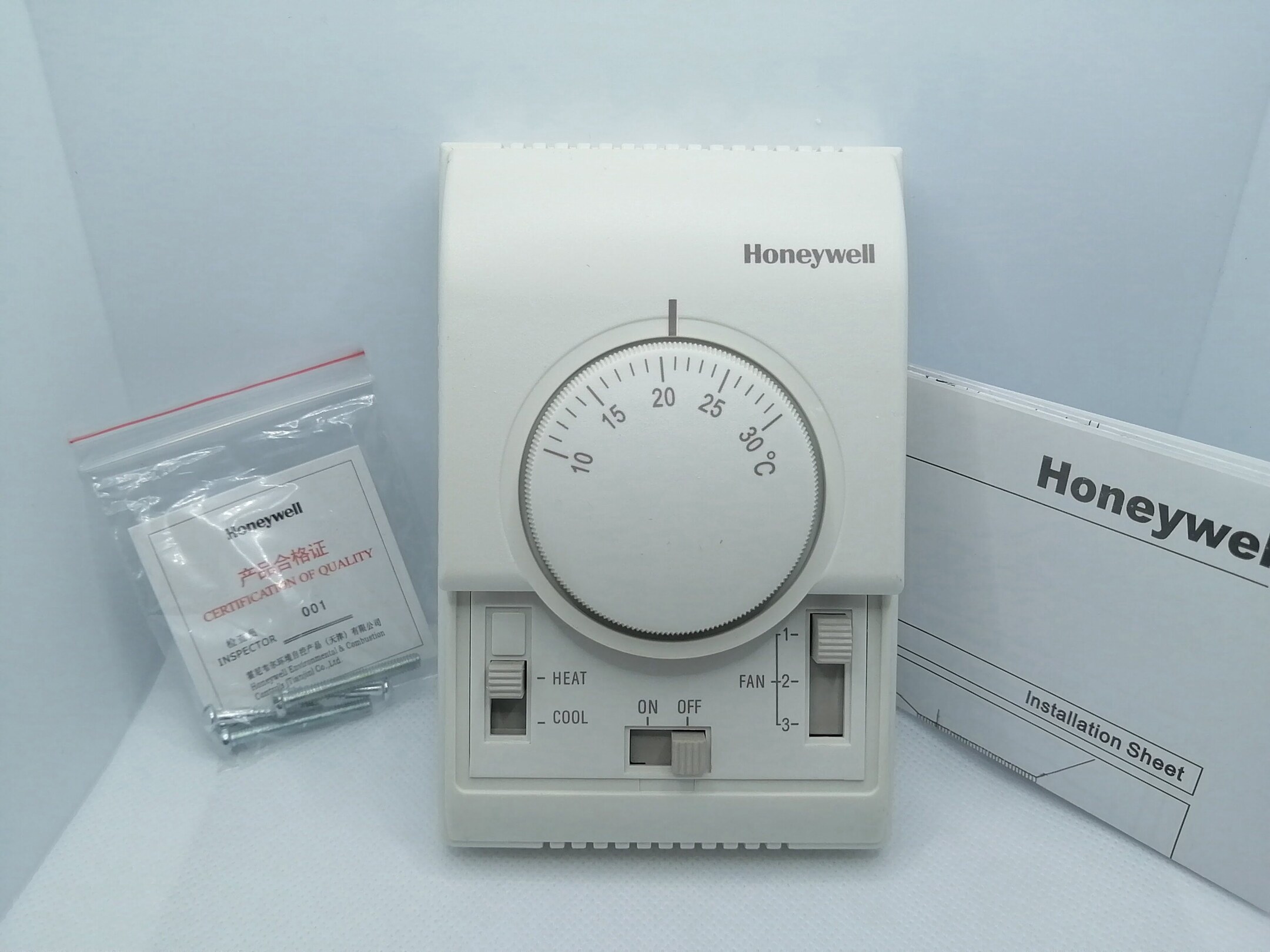

0 thoughts on “How Recliner Mechanism Works”